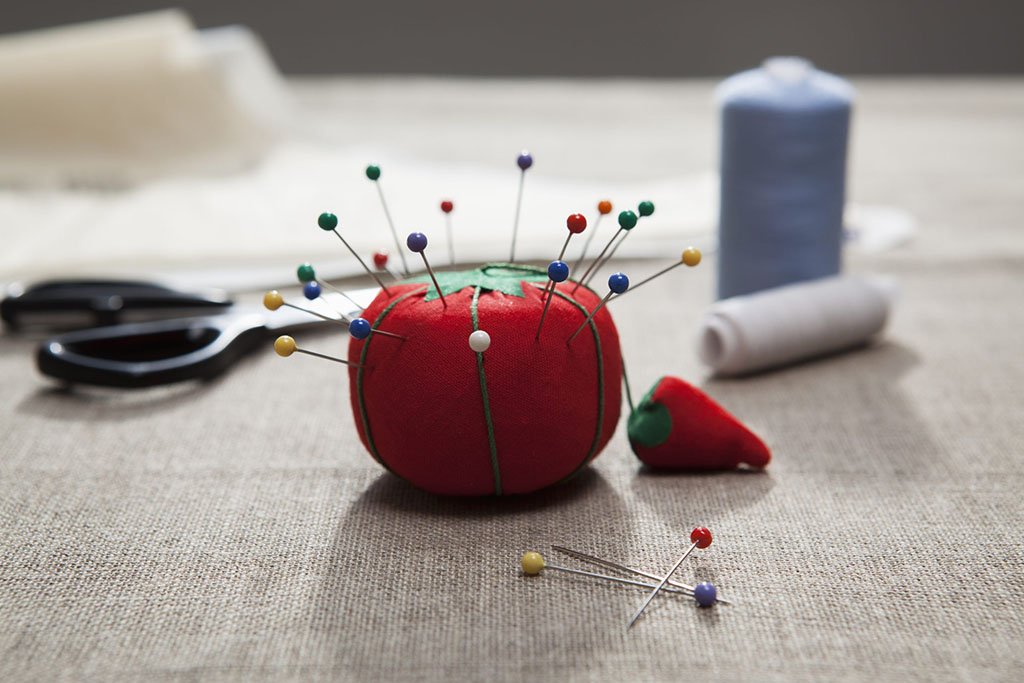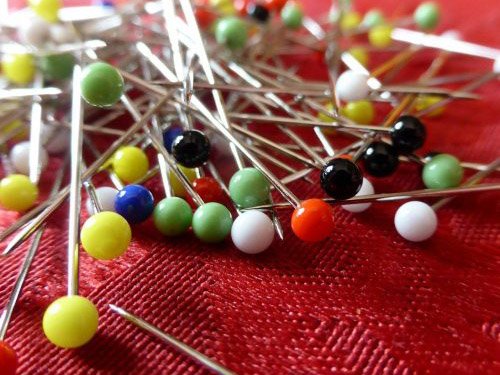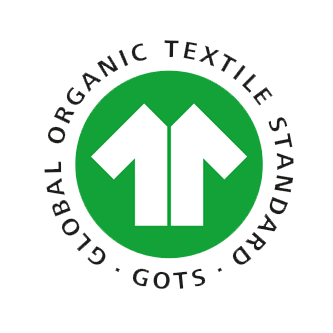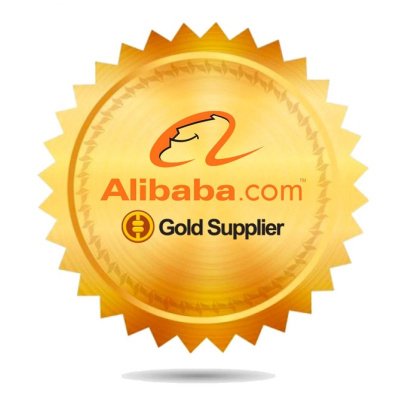Many people assume that “apparel design” and “fashion design” mean the same thing. But if you’re building a brand or working with manufacturers like us at Xzapparel, it’s important to understand the distinction. These two terms overlap—but they reflect different focuses in the design and production process.
Apparel design emphasizes functionality, fit, and product development for mass production. Fashion design emphasizes aesthetics, trend-setting, and brand storytelling.
Let’s explore the core differences and where they intersect.
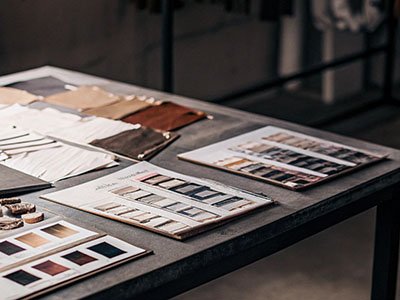
What is fashion design?
Fashion design is about creative direction.
It focuses on the conceptual and artistic side of clothing—shapes, mood, storytelling, and visual innovation.
Core Responsibilities
- Sketching original concepts
- Creating themed collections
- Forecasting trends and setting aesthetics
- Presenting at fashion shows
- Branding through clothing style
Fashion designers often prioritize visual impact over technical execution.
What is apparel design?
Apparel design focuses on wearability and production.
It involves creating garments with technical accuracy, durability, fit, and market feasibility in mind.
Key Tasks
- Translating sketches into tech packs
- Working with fit models and pattern makers
- Ensuring sizing consistency
- Managing cost-effective fabric use
- Meeting production constraints
At Xzapparel, our internal design support leans more toward apparel design—ensuring that ideas become scalable, well-fitting garments.

Comparison of Focus Areas
| Category | Fashion Design | Apparel Design |
|---|---|---|
| Priority | Aesthetics, concept | Fit, functionality |
| Tools Used | Moodboards, sketches | Tech packs, measurement charts |
| Software | CLO3D, Procreate | Illustrator, Excel |
| Common Output | Capsule collections | Full-size graded garments |
| Market Application | Runway, limited edition | DTC, wholesale, uniforms |
How do these roles overlap in real production?
They often converge during development.
A fashion designer may set the visual tone for a collection, while an apparel designer ensures the garments work on real bodies, within budgets, and at scale.
At Xzapparel, we routinely receive concept art from clients—and then we work with them to finalize the apparel design through sampling and adjustments.
What type of designer should your brand hire?
It depends on your goals.
Choose a Fashion Designer if:
- You’re launching a high-impact editorial brand
- You want to differentiate heavily by visual identity
- You plan to present seasonal lookbooks or shows
Choose an Apparel Designer if:
- You want commercial-ready styles
- You need help optimizing construction and sizing
- You want fewer production errors
Most successful teams have both—or one person who understands both approaches.
Educational Background Differences
Educational programs reflect the split.
Fashion Design Courses Teach:
- Conceptual design process
- Illustration and trend boards
- Fabric draping and silhouette experimentation
Apparel Design Courses Cover:
- Pattern making and garment construction
- Sizing systems and fit standards
- Production and merchandising basics
Many designers eventually blend both paths over time.
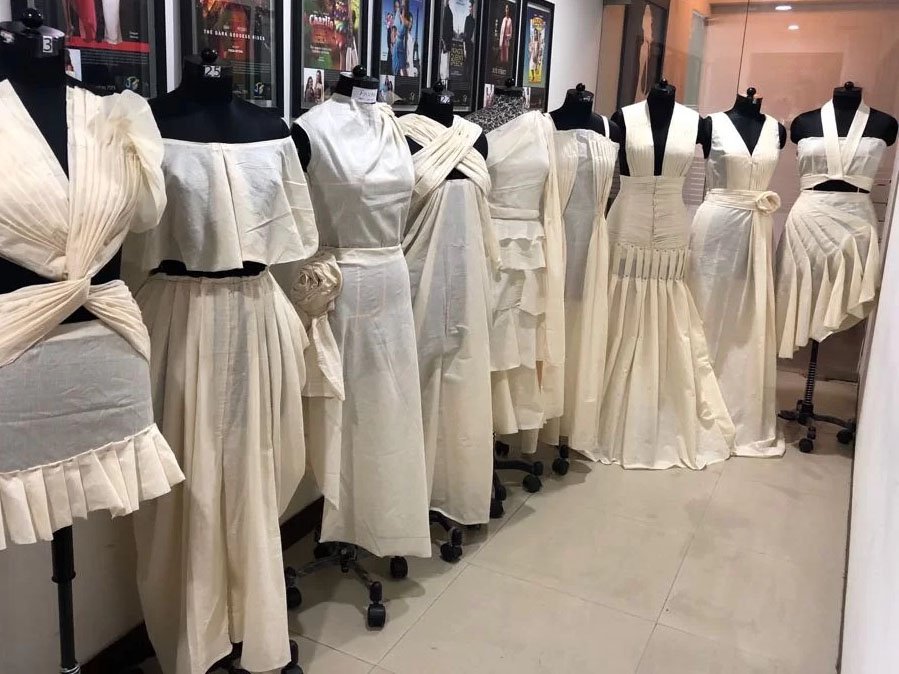
How does this distinction affect factory collaboration?
Communication is smoother with clear roles.
Factories need detailed garment specs, which often come from the apparel design side. Fashion design inputs inspire—but without tech clarity, factories will guess.
What We Need at Xzapparel
- Clean flat sketches
- BOM (bill of materials)
- Graded size specs
- Clear construction notes
Without those, we often have to fill in gaps or start resampling.
Real-World Example: A Startup Case
One of our clients brought a fashion sketch of a dramatic shoulder dress. The original idea came from a fashion designer. But the sleeve construction was unclear. Our apparel design team rebuilt the sleeve structure, adjusted the armhole for comfort, and ensured it worked across sizes XS to XL.
That balance created a stunning yet wearable product.
Long-Term Impact on Brand Growth
| Phase | Fashion Designer Strength | Apparel Designer Strength |
|---|---|---|
| Launch + Identity | High | Medium |
| First Sampling Rounds | Medium | High |
| Scaling to 50+ SKUs | Low | High |
| Managing Fit Consistency | Low | High |
| Entering Retail Chains | Medium | High |
Many brands start with fashion flair but succeed with apparel consistency.

Conclusion
Apparel design and fashion design both drive the clothing industry—but they focus on different parts of the process. One creates the dream. The other makes it wearable, affordable, and scalable. At Xzapparel, we understand both—and we help our clients build brands that are both beautiful and practical.
Need help turning creative concepts into production-ready apparel? Let’s work together.


